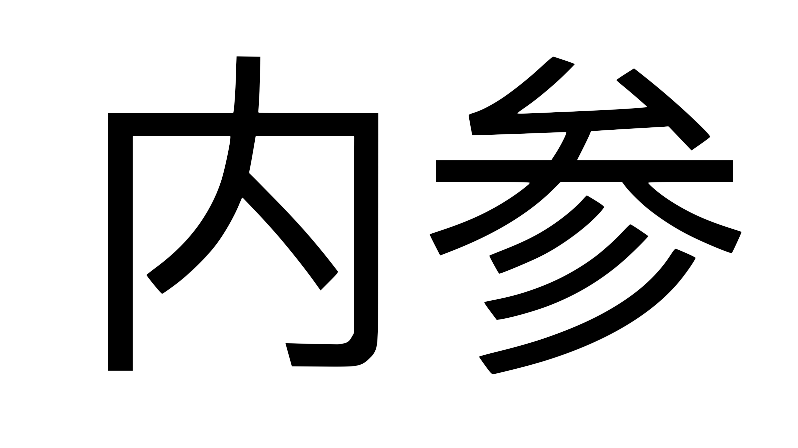Brief #102: Whataboutism, export control
Press freedom and Whataboutism
Hong Kong police raided the office of Stand News 立場新聞, a pro-democracy media outlet, on December 29. Six current and former senior staff members, including acting chief editor Patrick Lam and former editor-in-chief Chung Pui-kuen, were arrested and charged with conspiring to publish seditious publications. Stand News dismissed all its employees later that day and ceased operations.
US Secretary of State Anthony Blinken criticised the latest crackdown on media freedom in Hong Kong: “Journalism is not sedition… By silencing independent media, PRC and local authorities undermine Hong Kong’s credibility and viability.”
Beijing retorted by highlighting western hypocrisy. A spokesperson at the Hong Kong and Macau Affairs Office of the State Council, for instance, responded by listing US infringements against press freedom and freedom of expression. These include police violence and arrests of journalists during the George Floyd protests, the US government’s pursuit of Julian Assange and Edward Snowden, and the unfair treatment of Chinese media outlets by US and UK authorities.
This kind of retort is classic Whataboutism — answering criticism with criticism.
We see similar rhetorical approaches in the media too. For example, in his New Year’s message video, Chief News Editor of the South China Morning Post Yonden Lhatoo briefly acknowledges concerns about press freedom in Hong Kong but then abruptly pivots and lambasts the US government for its treatment of Assange.
These two examples of Whataboutism attempt to shift the spotlight on problems at home to problems abroad, and in doing so, avoid the elephant in the room. Instead of acknowledging the decline of media freedom in Hong Kong and reflecting on its long term consequences, their focus is on western hypocrisy and shortcomings.
However, China and Hong Kong do not exist in a vacuum. The crackdown on media freedom in Hong Kong has international implications, much like Assange’s extradition to the US. Both create negative precedence. In the case of the latter, what happens in the future when the Chinese government makes an extradition request against a foreign national for revealing human rights abuses carried out by the Chinese state?
Although there is an element of validity in the accusation of western hypocrisy made by the Hong Kong and Macau Affairs Office and Yonden Lhatoo, it could also be applied to the PRC and HK authorities. Without a hint of irony, Lhatoo slates the “hypocrisy of Western Governments” for “defecat[ing] all over human rights and press freedom in the name of national security whenever it suits them, calling it ‘justice’”.
Isn’t this precisely what Beijing is doing to justify its crackdown on press freedom in Hong Kong?
Export control
The Chinese government published its first white paper on export control [CN | EN] on December 29. This document is the most detailed articulation of Beijing’s principles and policies on export control.
Export control rules restrict the transfer of military and dual-use technology to other countries for national security, treaty obligations and other purposes. Most western countries have had export control regimes in place for decades. China, however, has only recently put one in place: the Export Control Law, China’s first comprehensive and consolidated export control regime, which came into effect on December 1, 2020.
Beijing’s export control regime aims to serve China’s overall national security interests by regulating the transfer of Chinese technology abroad. It is part of what the Chinese leadership refer to as its “holistic approach to national security” 总体国家安全观. This approach emphasises the integrated nature of today’s security challenges, including threats from the ideological, military, cultural, information and technological domains.
An effective export control regime adds to Beijing’s national security toolkit beyond enabling it to regulate tech transfers abroad. It also helps Beijing deter other countries from using export control measures to target its interests. For instance, Article 49 of the Export Control Law provides the legal basis for the Chinese government to take reciprocal measures against countries that damage China’s national security and interests using export control measures.
Indeed, China has been subjected to tightening export control measures by the US and other western countries. Most recently, on December 10, Australia, Denmark, Norway, and the United States issued a joint statement that linked their export control measures with human rights:
authoritarian governments increasingly are using surveillance tools and other related technologies in connection with serious human rights abuses…we commit to…use export control tools to prevent the proliferation of software and other technologies used to enable serious human rights abuses.
Beijing sees hostile intent in such moves. During an interview on the new white paper, a Ministry of Commerce official made the following comments:
[T]here are abuses of export control measures and unreasonable implementation of discriminatory restrictive measures, especially by individual countries… [they] repeatedly abuse export control as a tool to suppress and bully other countries. This has resulted in the legitimate rights and interests of developing countries…being undermined…jeopardised the stability of international industrial and supply chains and caused serious disruptions to the sustainable development of countries.
[T]here are [also] ad hoc export control “cliques” that run counter to genuine multilateralism, and [they] even adopted “double standards” on non-proliferation issues. These are attempts at practising unilateralism in the name of multilateralism.
The Chinese government is currently drafting regulations to support the Export Control Law and a list of technologies that would be export-controlled. We should be seeing them in the coming months.
By Adam Ni and Alexander Davey
